![]()
EL-C1600N100013-B
![]()
Test - lowercase jpg
![]()
Kaixin micro test
![]()
Test probe P100-M3
As a leading domestic supplier of scientific research reagents, we specialize in the distribution of imported sub-packaged and original products, as well as domestic ELISA kits. Our products are backed by quality assurance and advanced technology, with a no-effect refund policy. We welcome your inquiries and orders at 60536566.
This kit is intended for scientific research purposes only and is not suitable for medical diagnosis.
**Human Adrenergic (EPI) ELISA Kit**
**Kit Name:** Human Adrenergic (EPI) ELISA Kit
**Usage:** This kit is designed for the quantitative detection of Adrenaline (EPI) in human serum, plasma, and related fluid samples.
**Detection Principle:** The kit utilizes a two-antibody sandwich ELISA method. After adding standards and samples to the pre-coated enzyme-labeled plate, unbound components are washed away. Substrates A and B are then added sequentially, and the reaction produces a blue color under horseradish peroxidase (HRP) catalysis. The color changes to yellow when an acid is introduced, and the intensity of the color is directly proportional to the concentration of EPI in the sample. The optical density (OD) is measured at 450 nm, and the EPI content is calculated based on the standard curve.
**Kit Composition:**
- Enzyme-labeled coated plate (12×8 wells)
- Substance A (6 mL)
- Standard (200 ng/mL, 0.6 mL)
- Substrate B (6 mL)
- 20× concentrated washing solution (20 mL)
- Standard diluent (6 mL)
- Enzyme standard reagent (6 mL)
- Stop solution (6 mL)
- Instruction manual
- Diluent (6 mL)
- Sealing film (1 piece)
- Sealed bag (1 piece)
**Note:** Standard solutions should be diluted to concentrations of 200, 100, 50, 25, 12.5, and 6.25 ng/mL.
**Required Reagents and Equipment (Not Included):**
- Incubator at 37°C
- Microplate reader
- Precision pipettes and disposable tips
- Distilled water
- Disposable test tubes
- Absorbent paper
**Procedure:**
1. Prepare the kit by allowing it to reach room temperature after being removed from the refrigerator.
2. Dilute the 20× concentrated washing solution with distilled water.
3. Add standards and samples to the enzyme-labeled plate, including blank control wells.
4. Incubate at 37°C for 30 minutes.
5. Wash the plate 4 times using the washing solution.
6. Add the enzyme standard working solution to each well.
7. Incubate again for 30 minutes.
8. Repeat washing steps.
9. Add substrate A and B, incubate in the dark at 37°C for 15 minutes.
10. Add stop solution to terminate the reaction.
11. Measure OD values at 450 nm within 15 minutes.
12. Calculate the sample concentration using the standard curve and adjust for any dilution factor.
**Sample Requirements:**
- Avoid sodium azide (NaN₃), which can inhibit HRP activity.
- Extract and process samples promptly, store at -20°C if not tested immediately, and avoid repeated freeze-thaw cycles.
- Ensure samples are fully centrifuged and free from hemolysis or particulates.
**Precautions:**
- Follow the manual strictly and use a microplate reader for accurate results.
- Store opened enzyme labels in sealed bags with desiccants.
- Perform duplicate tests for standards, samples, and blanks to reduce errors.
- Remember to multiply the final result by the dilution factor (5x).
- The quantification range is 0.1–200 ng/mL. If outside this range, dilute appropriately and recalculate.
- Extend substrate incubation time if color development is too light.
- Prevent cross-contamination by using fresh reagents for each test.
- Do not mix reagents from different batches.
- Protect substrate B from light exposure.
**Summary of Operating Procedures:**
- Prepare reagents, samples, and standards.
- Add samples and standards, incubate at 37°C for 30 minutes.
- Wash the plate 4 times, add enzyme standard reagent, and incubate for another 30 minutes.
- Wash again, add substrates A and B, develop color for 15 minutes.
- Add stop solution and measure OD values within 15 minutes.
- Calculate the sample concentration using the standard curve.
**Range of Detection:** 0.1–200 ng/mL
**Specification:** 96T/box, 48T/box
**Storage:** 2–8°C, protected from light and moisture
**Shelf Life:** 6 months
Laser Line Generator Lens
Powell prism is a kind of optical prism, which can optimally divide the laser beam into a straight line with uniform optical density, good stability and good linearity after passing through it. The scribing mode is better than the Cylindrical Lens and can eliminate the central hot spot and faded edge distribution of the Gaussian beam.
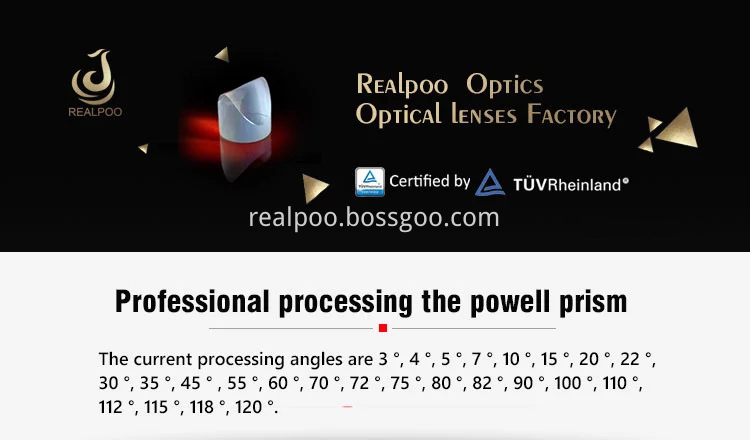
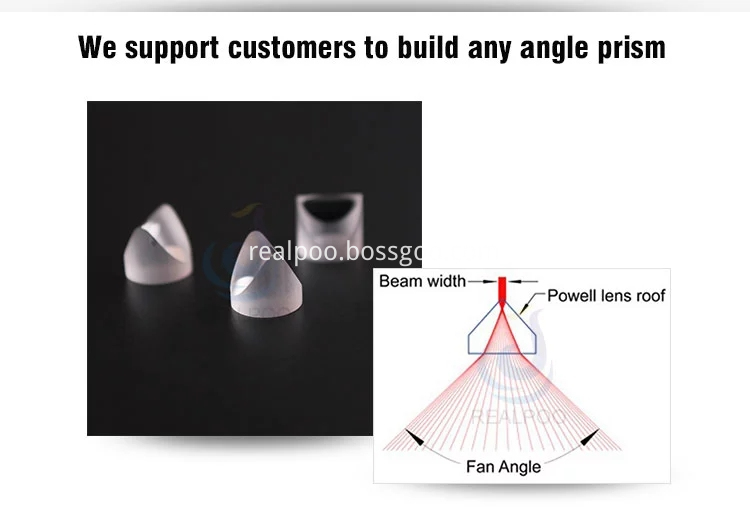
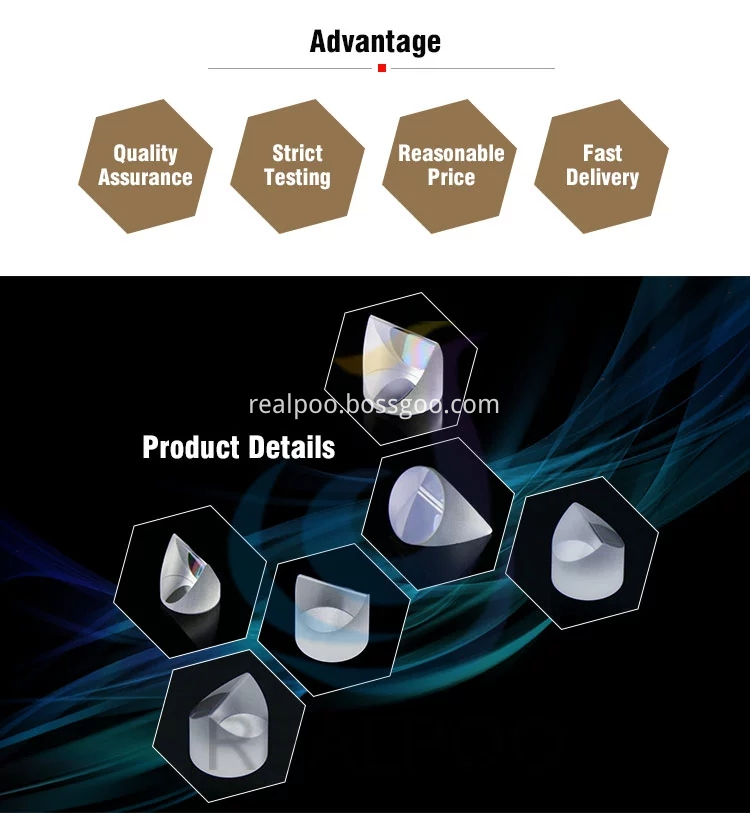
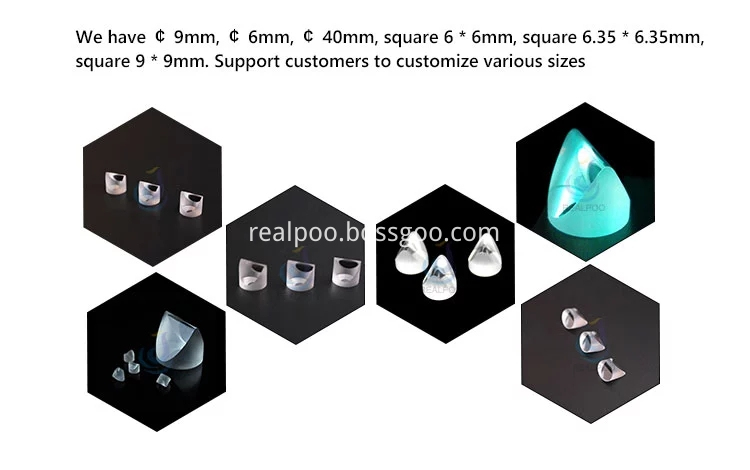
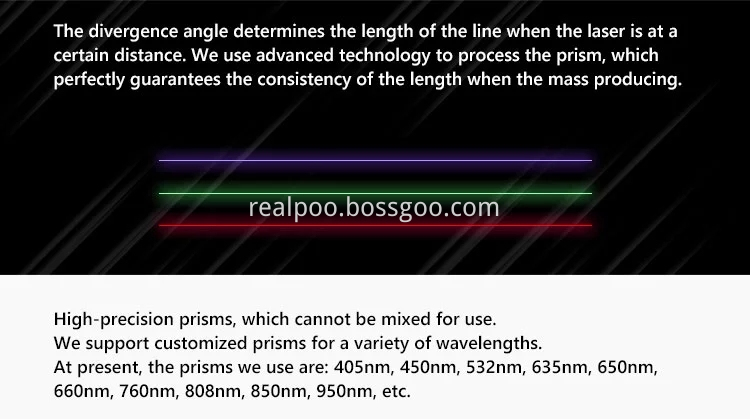
Laser Line Generators,Red Laser Line Generator,Laser Line Generator Optic,Powell lens, Powell prism
Changchun Realpoo Photoelectric Co., Ltd. , https://www.optics-realpoo.com




